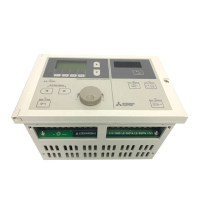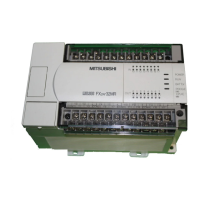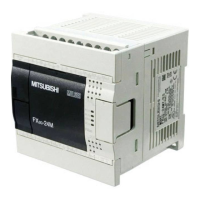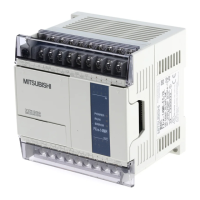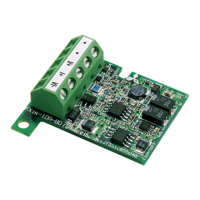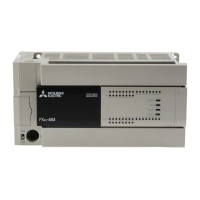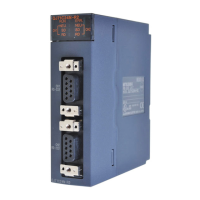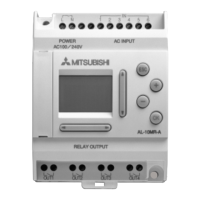90
(b) Specify service process time
Operation when 1ms is set is as shown below.
If no request data for service processing exists, END processing speeds up by the amount of request processing time. (The
CPU module does not wait for requests.)
Program execution
END processing
Request 1)
Program execution
END processing
Peripheral
Program execution
END processing
Request 2)
Request 2)
Request 3)
1ms
Request 3)
Request 4)
Multiple requests are processed until the processing time
exceeds the set service processing time (1ms).
When the service processing time is exceeded, the service
processing is suspended and the remaining requests are
processed at the END processing in the next scan.
The increases of the scan time remain constant
even though qually while multiple requests are
processed in one END processing.
Request 1)
Request 2)
Request 3)
Request 4)
Request 5)
1st scan
2nd scan
3rd scan
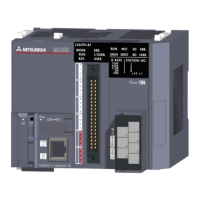
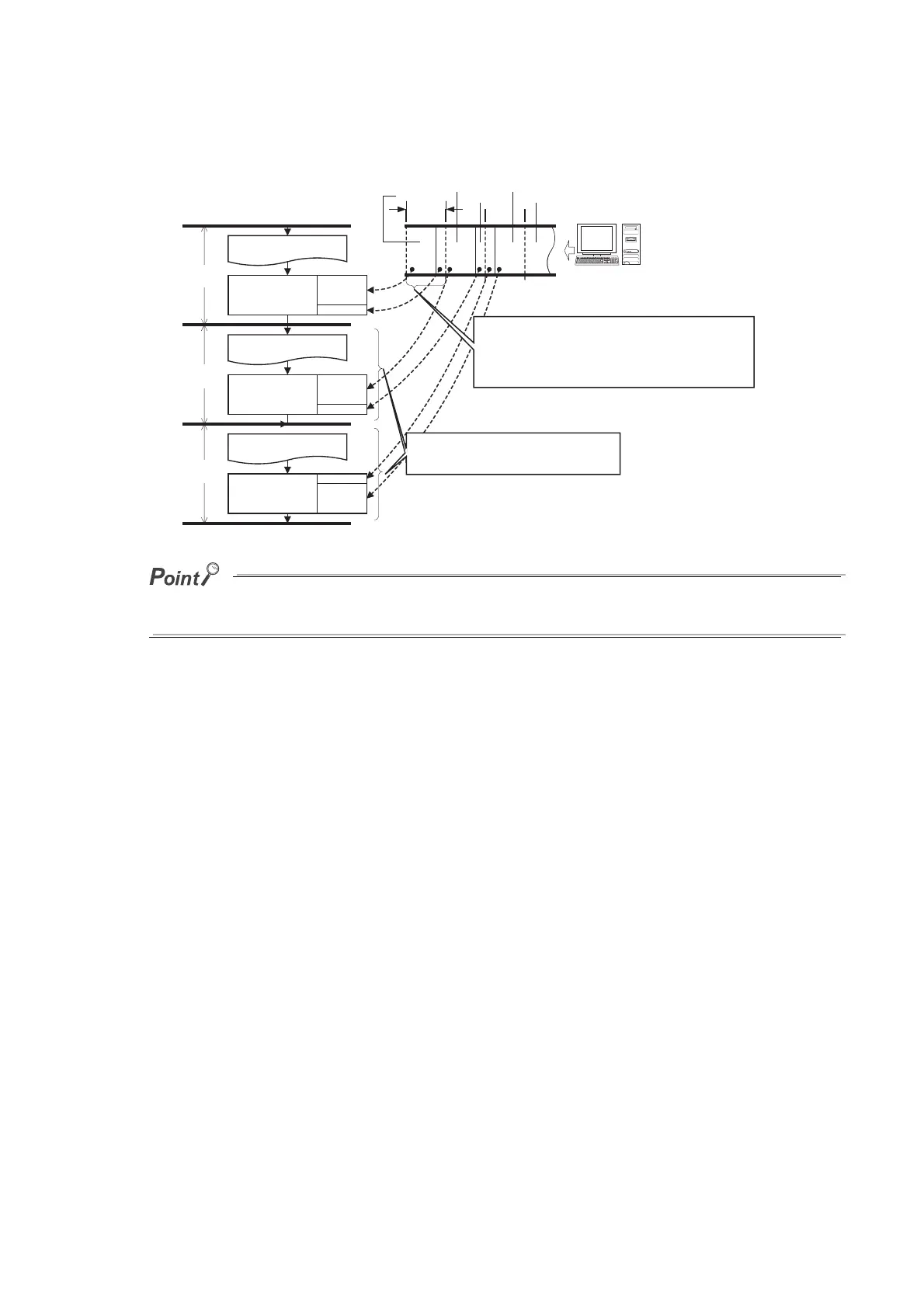